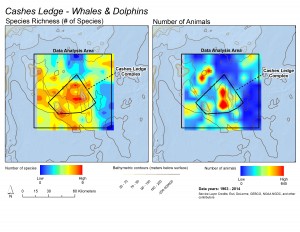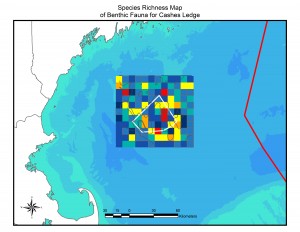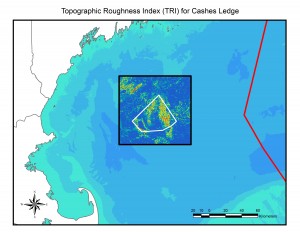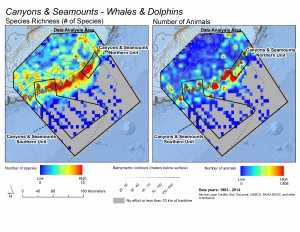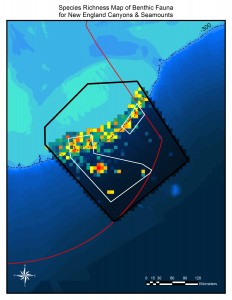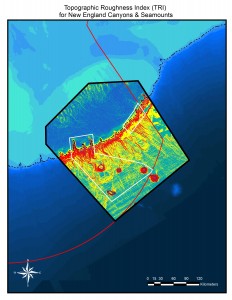April 2, 2018 — The critically endangered North Atlantic right whale historically earned its name because its slow-moving coastal patterns made it the easiest, or right, whale to hunt.
Today, it’s nicknamed the “urban whale” – most notably by New England Aquarium biologists Scott Kraus and Rosalind Rolland in the title of their 2010 book – because ocean commerce off the east coast of Canada and the United States is accidentally killing off the species.
This modern conundrum has been the bane of existence for the school-bus-sized mammal for decades, and while conservation efforts have long been in place and led to a modest comeback in the 1990s, for the past seven years the species has shifted back into decline.
Today there are just 450 right whales left in the world. A record death toll of 18 over the past year including 12 in the Gulf of St. Lawrence last summer, coupled with zero calves this year, has raised the alarm for scientists and government. They’ve now shifted into high gear with several science, technology and management initiatives designed to trace migration patterns, prevent mammal and ship collisions, and contend with what they say is the biggest threat to the right whales: fishing-gear entanglements.
“If we’re going to save the right whales from extinction, tech is going to be part of the solution,” said Patrick Ramage, director of marine conservation for the International Fund for Animal Welfare in Cape Cod, Mass.
“It’s going to require a lot more technology and some of the things just coming online offer new hope for this species, but the answers lie not so much in restrictions being placed on the fishing and shipping industries as in unleashing their knowledge and creativity, and enlisting fishermen and mariners in the cause of right whale protection.”
Ropeless fishing, lower breaking strength rope and acoustic underwater monitoring are all on the table right now, but still require testing and investment.
Read the full story at the Globe and Mail

